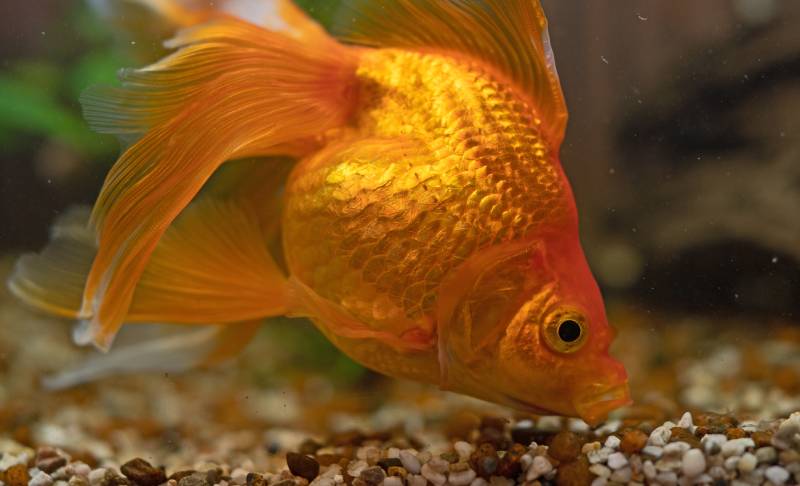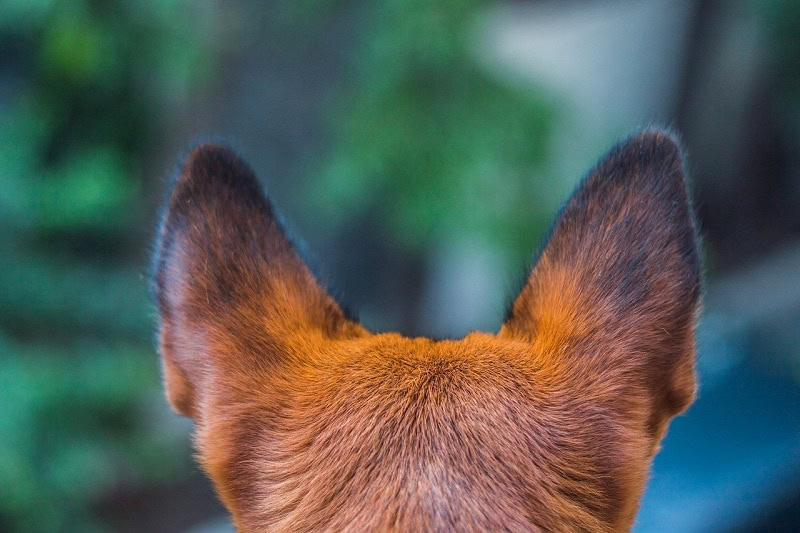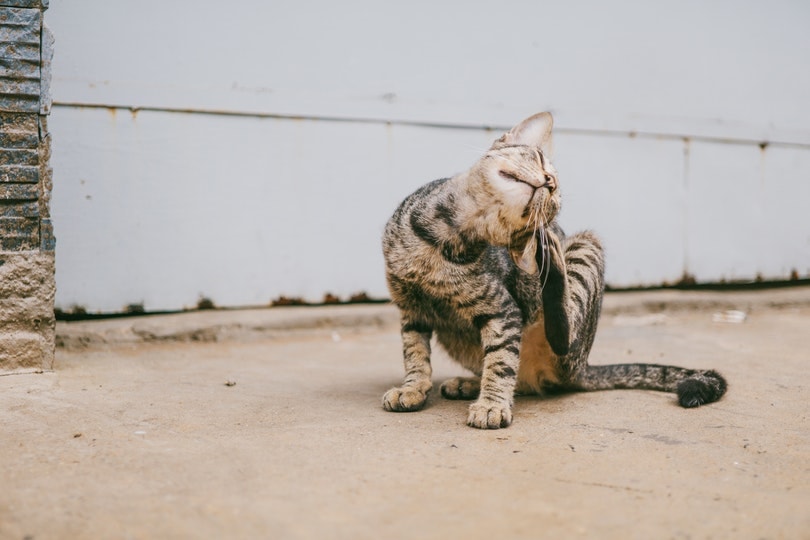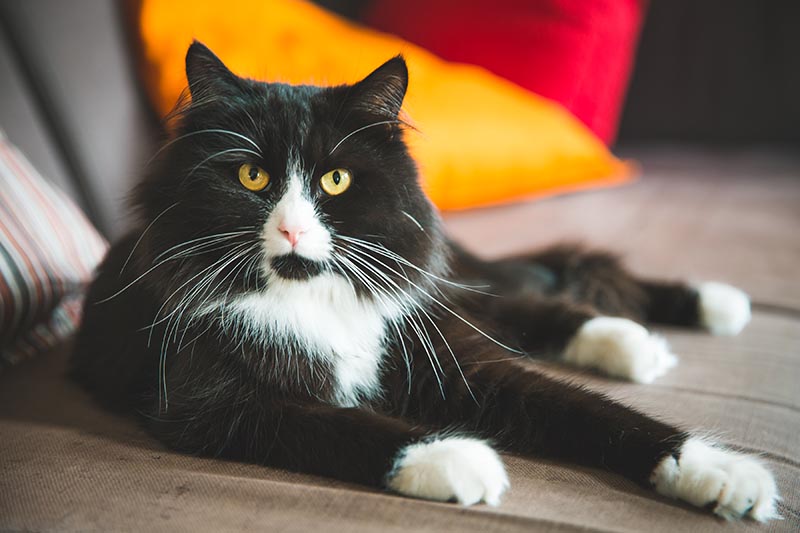VET APPROVED

The information is current and up-to-date in accordance with the latest veterinarian research.
Learn more »Click to Skip Ahead
We’ve all seen our goldfish nosing around the bottom of their tank, moving rocks and plants out of the way in search of snacks. Have you ever spotted your goldfish eating the gravel in their tank? Pieces of gravel and rock can become lodged in your goldfish’s mouth, leading to injuries and respiratory distress, so removing them gently but quickly is essential. What would lead your goldfish to snack on the gravel in their tank? Goldfish love foraging, and they often move rocks around in search of food. Often, the food may have settled on or in the gravel, so your fish puts pieces of gravel in their mouth to get to the food.

Why Do Goldfish Eat Rocks & Gravel?
By their very nature, goldfish are foragers. They spend all day sifting through their environment, searching for something to eat. Because of this foraging need, goldfish often move rocks around in their tank for food. In some cases, it may have settled on or in the gravel.
They may also find algae and microorganisms on the gravel, which can be quite tasty for your goldfish. They may eat the gravel initially along with the food but spit it out. In some cases, your goldfish may mistake a piece of gravel for a piece of food, taking it too far into their mouth before realizing that it isn’t food.
Unfortunately, larger gravel and rock pieces can become lodged in your goldfish’s jaws. If this occurs, you must help your fish dislodge the gravel. If you spot your goldfish eating small pieces of gravel that aren’t getting lodged in their mouth, they will usually pass the rock through their digestive tract without incident.
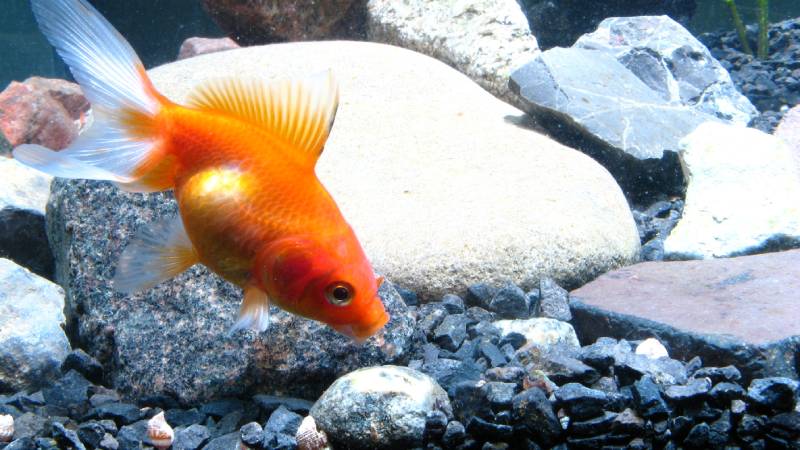
What to Do if Your Goldfish Is Eating Rocks & Gravel
Even if your goldfish doesn’t seem to be having any digestive problems from eating pieces of gravel, it’s still a significant risk for the health and well-being of your fish. Most experienced fishkeepers recommend using sand, river rocks, or no substrate instead of gravel.
The substrate in your goldfish’s tank should either be large enough that it can’t fit in their mouth or small enough that it won’t create problems if some is swallowed, like sand. For Goldies that seem to try to put everything in their mouths, you may have to resort to a bare-bottom tank to keep them safe. If they manage to accumulate too much gravel or sand in their digestive tract, they may become constipated, which is a common and dangerous health issue for goldfish.

Conclusion
Goldfish are curious fish that love to forage, so it is not unusual for them to consume inedible materials. Gravel and small rocks sometimes get eaten without causing problems, but they can pose a safety risk for your fish, so it is usually best to go with a substrate that your goldfish can’t or won’t eat. Providing your goldfish with safe foraging materials, like leafy greens and other veggies, can reduce foraging in the substrate. Making sure you are only feeding the amount of food that can be consumed within 5-10 minutes will also reduce the amount of debris that accumulates at the bottom of the tank, making the substrate less appealing.
- Related Read: Goldfish Myths & Misconceptions
Featured Image Credit: M-Production, Shutterstock
